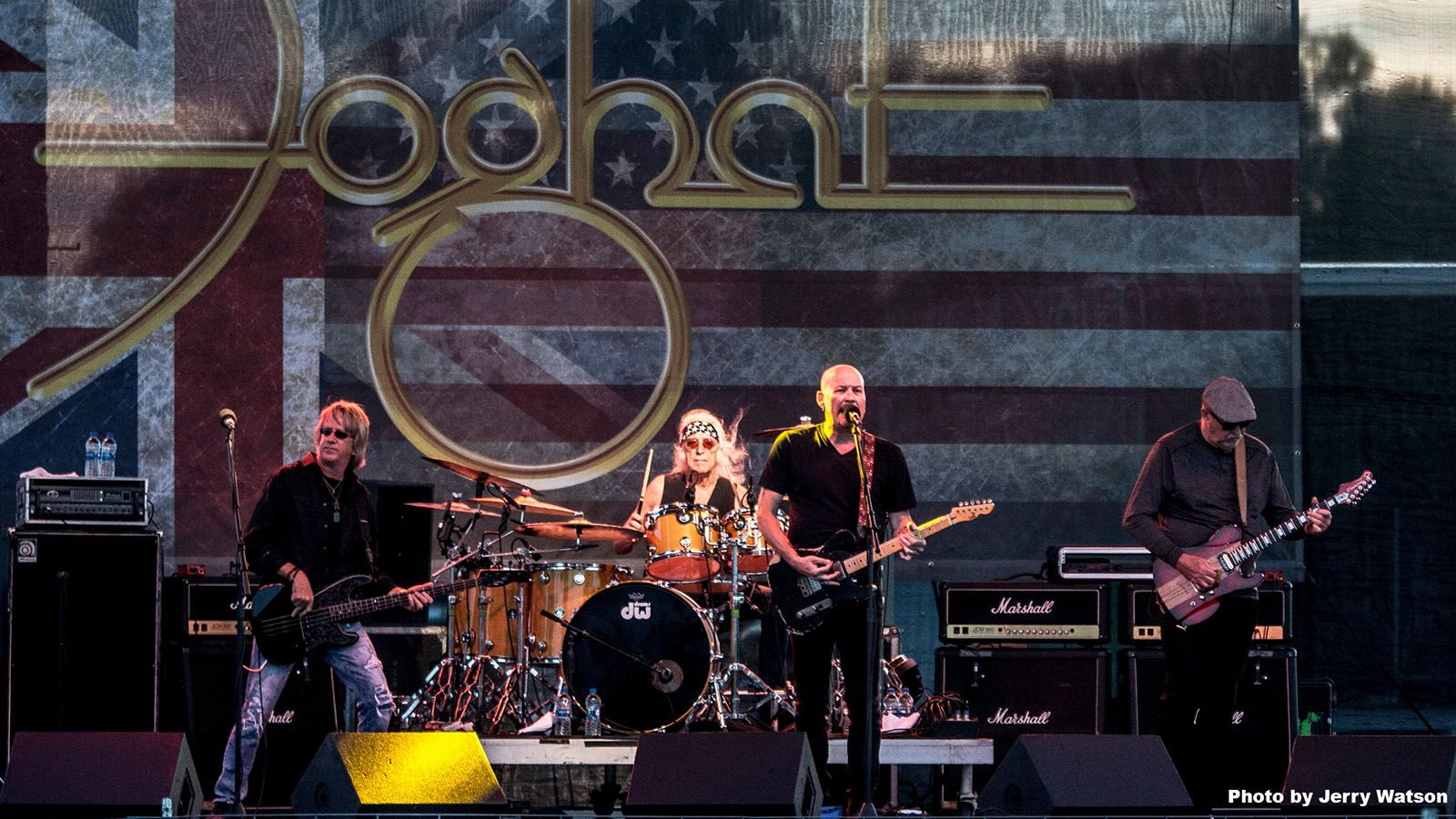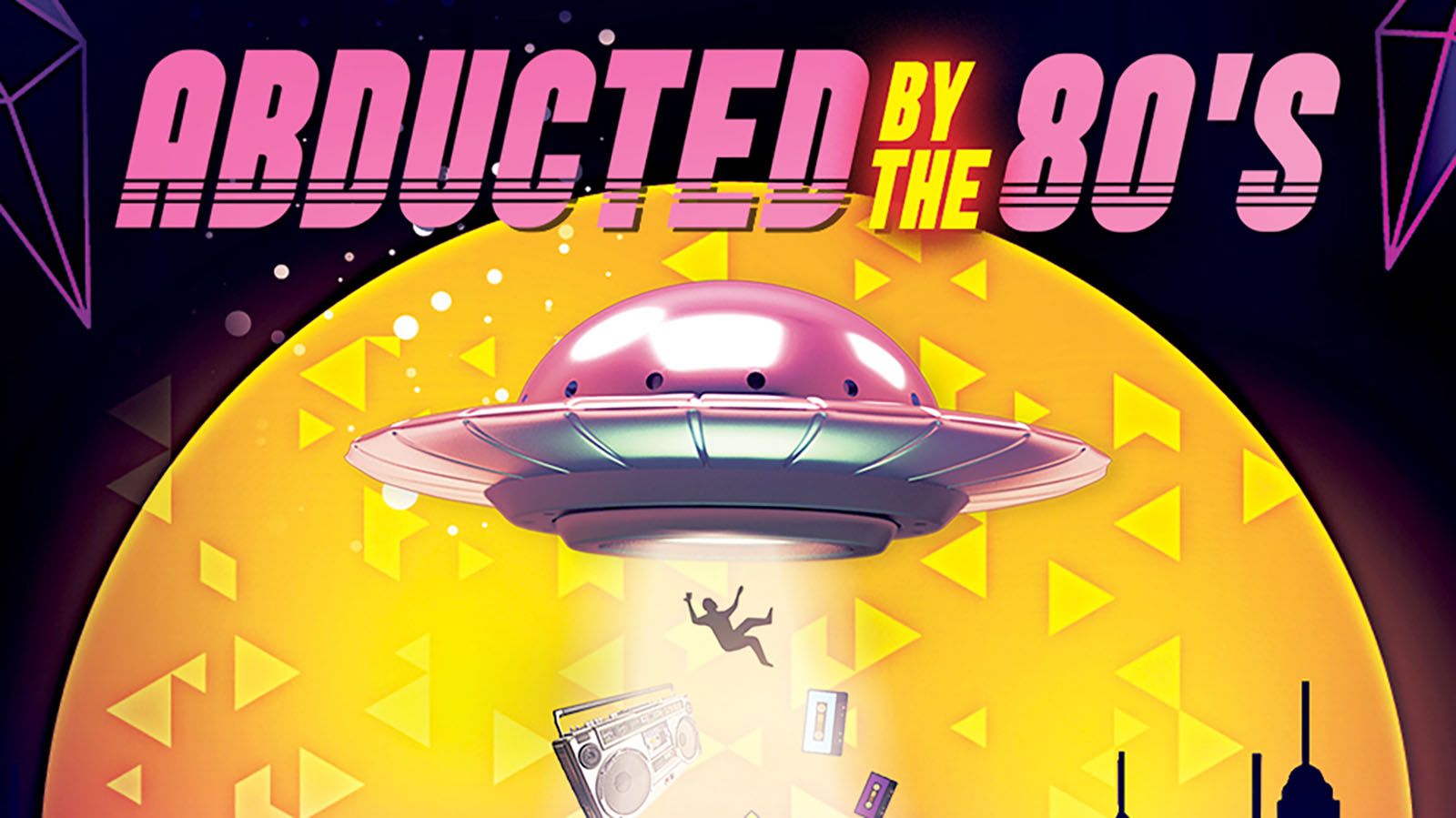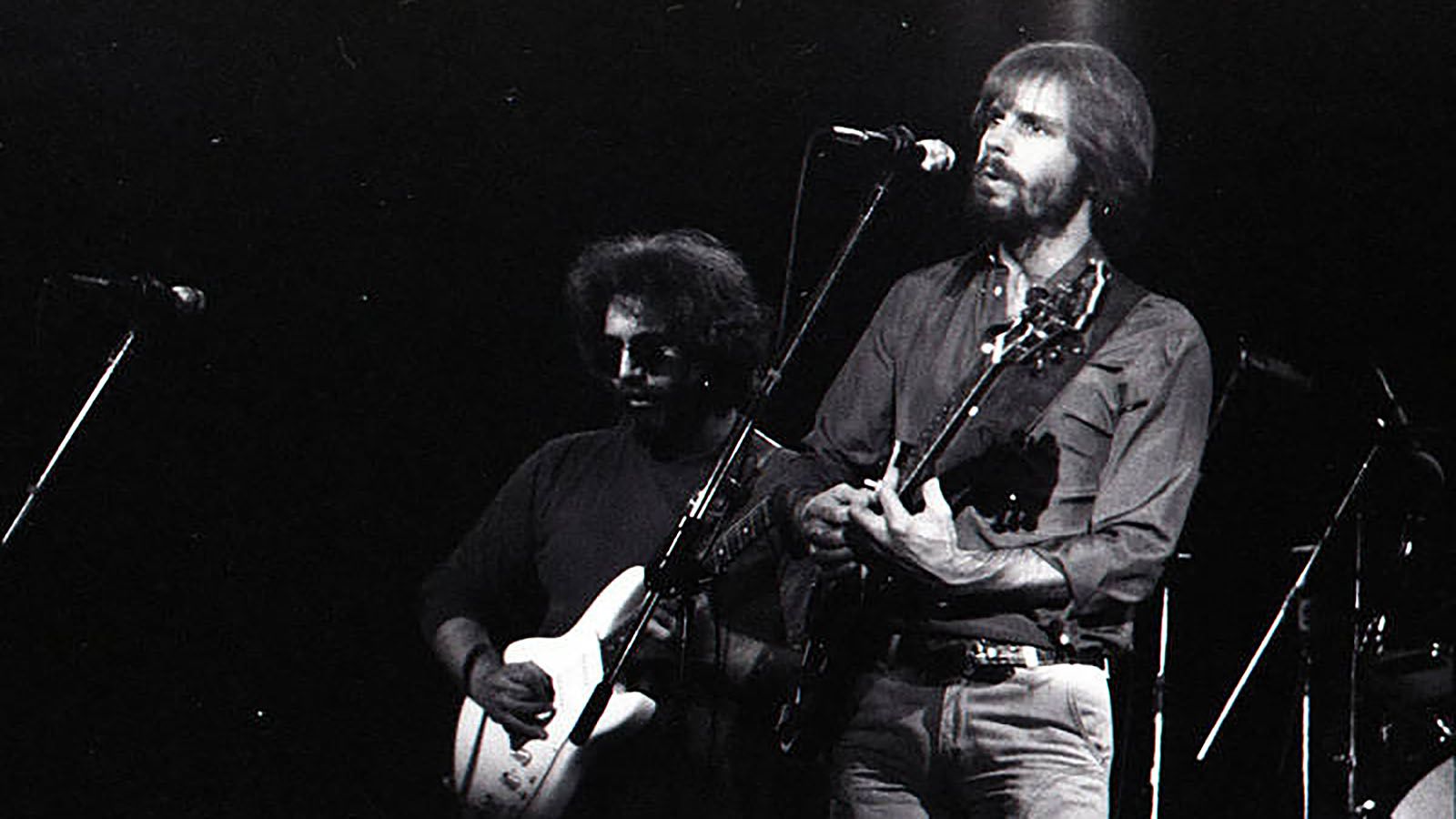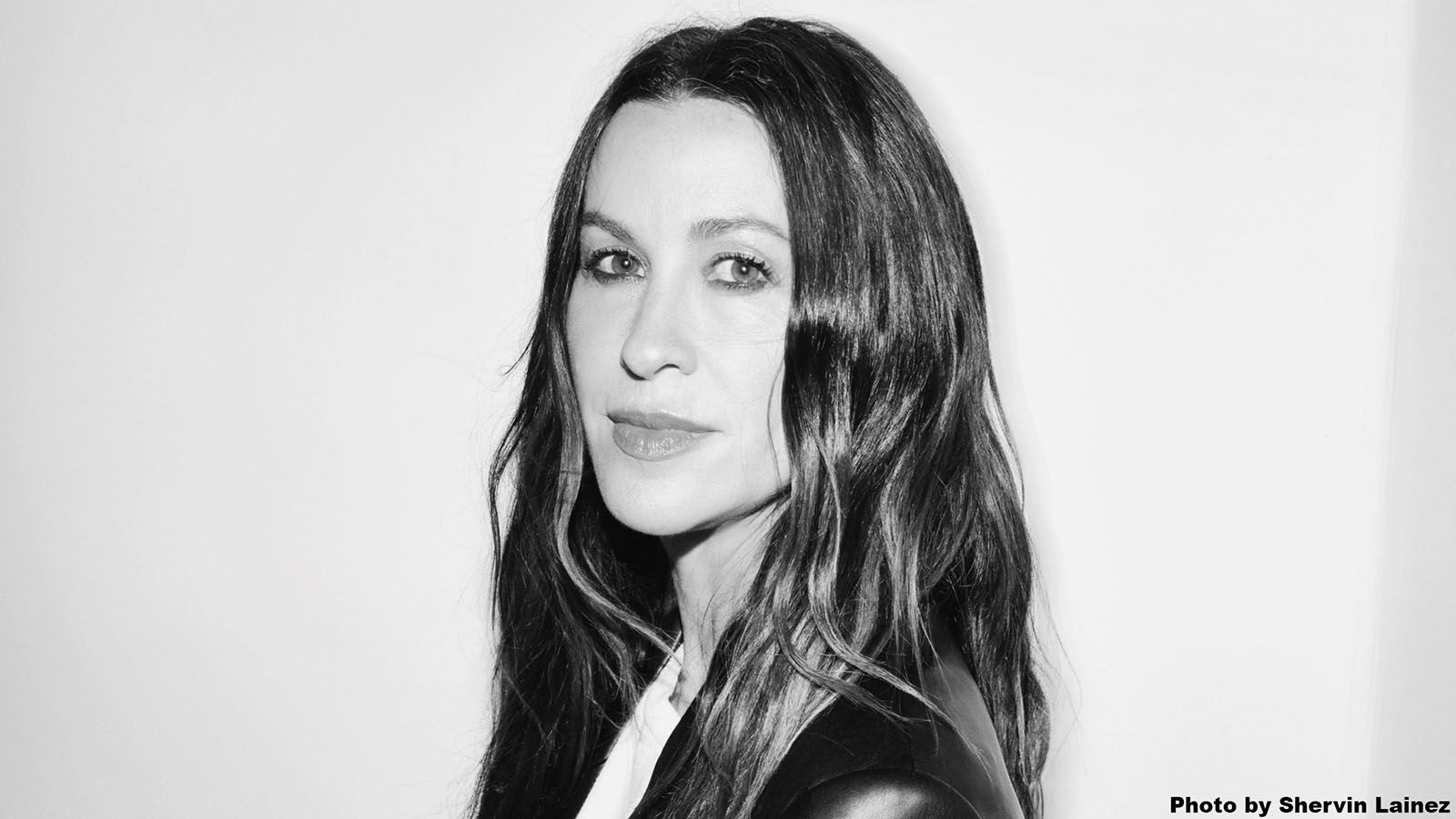Music is a time machine. A familiar song can transport you to a time and place that’s locked in your memory bank.
When that time is a Saturday night in the ’80s and the place is cruising in a Trans Am with the T-tops out, that music is Foghat.
Pontiac stopped making the Trans Am 20 years ago, shortly before their demise as a car brand. However, Foghat continue to make the music that belongs to those times.
They released a new album, Sonic Mojo, in November and are supporting it with a tour that lands at Niswonger Performing Arts Center in Van Wert on March 29.
Foghat
7:30 p.m. Friday, March 29
Niswonger PAC
10700 Ohio 118, Van Wert
$29-$89 · (419) 238-6722
New singer steps in
I sat down with Roger Earl, the original and only drummer for the band, to talk about where Foghat fits into a world that contains more Priuses than Pontiacs.
Q: How is the tour coming along?
Earl: I’m one of those fortunate few in this world: I get to earn a living doing something I love doing. And this band, this rendition of the band is just fantastic. We’re having the time of our lives.
Our show is up to about an hour and 40 minutes. We carry some little amplifiers with us so we can sit in the dressing room, and/or the hotel, and just play.
Yeah, I’m one of those fortunate few I get to earn a living doing what I love doing.
Q: After all these years, what is the current makeup of the band?
Earl: Scott Holt, our lead singer, has been with the band just over two years now because our other lead singer, Charlie Huhn, retired just over two years ago. But Scott Holt has been actually functioning with the band since 2014.
He spent 10 years with Buddy Guy; that’s where he cut his teeth, so you know he can play and sing. On a previous studio album, (2016’s) Under the Influence, Scott actually co-wrote four songs that went on that album. It was a double-album, and we were about two or three songs short. Scott Holt came to our studio down in Florida in DeLand, Florida, and we needed three songs. But in typical Foghat fashion, we wrote 17.
That was the beginning of a long and fruitful relationship. So when our lead singer, Charlie Huhn, decided to retire just over two years ago, in fact, Scott was down at the studio then, we were working on some material. And I said, ‘How are you with Foghat songs?’ He went, ‘Eh.’ But it’s worked out fantastic.
We also did a side project called Earl & The Agitators, which came from that jam session. That is basically the current Foghat lineup, which is myself on drums, Brian Bassett on lead and slide guitar. Brian’s been with us 28 years now.
Rodney O’Quinn is our bass player. He fills out the four of us.
Playing live
Foghat have always been a great touring band. Any serious classic rock record collector from the ’80s had to have a copy of 1977’s Foghat Live! in their library.
I asked Earl about the differences between that monster hit and the production of their 2019 live album, 8 Days on the Road.
They will release another live album April 5, Slow Ride: Live in Concert.
“8 Days on the Road was recorded at a small room in upstate New York that held about 250 people,” he said. “The reason being, we were booked in a theater just north of there, an 800-, 900-seat theater, but they shut it down. They had leaks or something. The pipes burst. And then they set us up in this smaller venue that had a full-on recording studio right next to it, and this was our third day on the road.
“We had a Sprinter van and we were driving everywhere, which was really cool. The other guys were a little tired after three days. I wasn’t. But I thought it turned out really, really well. It was fun.
“But big rooms, small rooms. We play in our living room down in Florida at the studio. I must admit though, when you’ve got 20,000 or 30,000 people in front of you, that is fun. Because you do get an enormous roar from the audience. You feel it. But having said that, playing in front of 200 people is fun. It’s like, I guess for them having four maniacs in their living room.
“Actually, I have fun everywhere we play. The band is playing great, everybody’s at the top of their game. We take it seriously when it comes to playing, no consumption of drugs or alcohol before, do what you want afterwards. I don’t drink as much as I ought to.
“Other than it being smaller, playing is always fun. And our front of house engineer, Tim, records every show for us. And from time to time I listen to them, we even post stuff on our website just to make sure that we’re all on top of our game.
“It’s probably why we’ve done so many live albums, or live records anyway. It’s because everybody can play. Playing is serious stuff. People pay good money to come and see us, and we are there to entertain the troops, as it were.”
Auditioning for Hendrix
Very early in Earl’s career he had a massive opportunity that didn’t work out, when he auditioned for The Jimi Hendrix Experience.
“I was probably 18, 19. It was just before I joined (British blues band) Savoy Brown. I’d previously played in a band that didn’t do anything. Jimi’s manager, (Michael Jeffery), who was the bass player with The Animals, put together a band, and I played drums in this band. I think we rehearsed for a couple of months, but nothing really came of it. I’m not sure why, but it’s one of those things.
“My day job, I was a commercial artist. I did that since I was 15 years old. I was good at it, and I progressed quickly with that because I had to have a day job because cymbals and drums are not cheap.
“Jimi’s manager called me up when I was at work and said, ‘Have you heard of this guy, Jimi Hendrix?’ He was all over the musical rags. And I said, ‘Yeah, everybody was raving about him.’ (The Animals frontman) Eric Burdon was raving about him, as was Jeff Beck.
“So I went down to the audition. It was one afternoon during the week at a jazz club just off of Piccadilly, and it was raining, of course. And we were lined up waiting for it to open. And Jimi came up to me in the line. He was joining the line and started talking to me about songs he’d written the night before.
“I got down there eventually, I was about fifth or sixth in line. And I’d never heard anything quite like it. I could play. But he started playing through his Marshall stack, and I was waiting for some kind of moment where I could figure out what was going on. And then I think he played some slow blues, he played a Chuck Berry song. And I knew I had to do all that.
“Anyway, I was playing with him for half an hour, 40 minutes I think, but obviously I didn’t get the job. Mitch Mitchell got the job, and he’s a fantastic drummer. But I did get to jam with Jimi when I came to the States in ’69 with Savoy Brown. I got up and played a tune with him in New York. Just one song.
“It was a sad day when we lost Jimi Hendrix (on Sept. 18, 1970). He was just standout as a guitar player in this world of really great guitar players. He was magic, and it was sad that we lost him at such a young age.”
The classic Foghat song “Road Fever” has a lyric that fits Earl to a T, and he made a point of telling me he still believes it: “I’m going to roll until I’m old and rock until I drop.”
I’ll let the gearheads decide what the spiritual successor to the Trans Am is, but the spiritual successor to the music it evokes hasn’t changed. It’s still Foghat.





